The Harpe brothers were the most bloodthirsty serial killers in history. They prowled the American wilderness in the late 1700s, killing men, women, and children.
It is said that they murdered at least 39 people, but it is impossible to count the number of victims because the Harpes moved around a lot and killed just any person that crossed their path. The Harpe brothers’ signature was to rip out the victim’s guts and fill their chest cavity with stones.
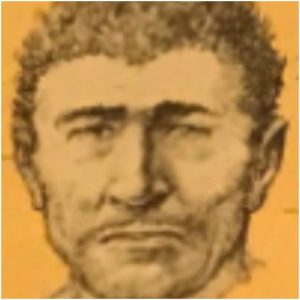
The two boys lived their childhood in Orange County, North Carolina. Although referred to as the Harpe Brothers, there are sources claiming they were cousins, the sons of two siblings who emigrated from Scotland and fought for the British during the Revolutionary War. Six-foot-four Micajah earned the nickname “Big” as he loomed over Wiley, the “Little” Harpe.

Their motive for joining the war was more likely their bloodlust than supporting the British Crown. The brothers joined a Tory gang that stole, raped, burned properties, and murdered patriot colonists.
Lacking any sense of ethics and morality, the brothers enjoyed hurting people in every possible way. They also had fun kidnapping teenage girls. On one occasion, while attempting to kidnap a girl, Captain Frank Wood managed to shoot Wiley. Unfortunately, the Captain only wounded the hooligan.
At the beginning of the 1780s, after a year in the British Army, the Harpes got bored and aligned with the Chickamauga Cherokee people in the village of Nickajack, Chattanooga, Tennessee. Around this time, they took their revenge on Captain Wood by kidnapping his daughter, Susan Wood, along with another young girl, Maria Davidson, and forced them to be their wives.

The girls’ fate was worse than death. They were regularly brutalized, raped, and beaten. According to some accounts, the children they gave birth to were murdered by their own fathers.
In 1794, the Harpes and their wives moved to Powell’s Valley near Knoxville where they would rob and torture the helpless pioneers.
When they got bored, Micajah and Wiley started their journey which they called the “trail of death.” It was a killing spree across Tennessee, Kentucky, and Illinois. It was not until 1797 that the Harpes developed their gruesome signature of dumping the victim’s body filled with stones in a river. This method marked them as the first American serial killers.
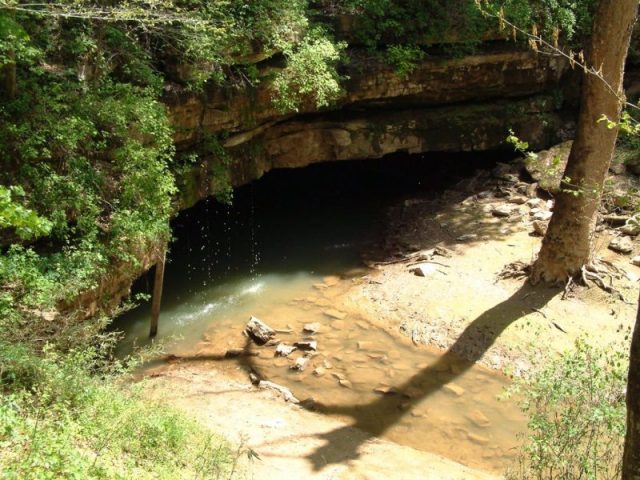
The brothers traveled and killed, and the authorities in two states started asking questions. While in Kentucky, an innkeeper accused them of killing a local man. They were caught and imprisoned in Danville, Kentucky, but not for long. Somehow, the two murderers managed to escape. The first thing they did to taste freedom was killing the son of the innkeeper who helped the authorities catch them.
The brothers were constantly on the run after that. The Kentucky Governor James Garrard placed a bounty of $300 for each of them; hence many bounty hunters were willing to catch the brothers. Big Harpe, Little Harpe, and their wives moved north to Illinois, with the brothers killing five more people on the way.
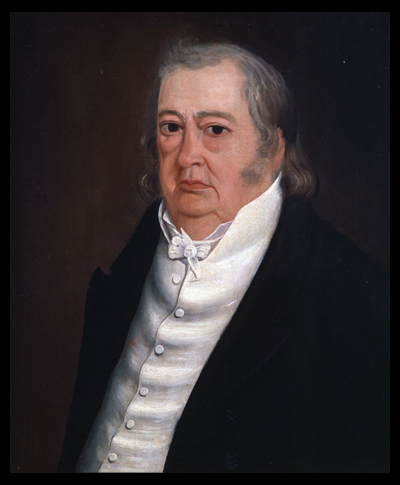
In Illinois, the vicious murderers joined Samuel Mason, a notorious river pirate and leader of a gang that lived in Cave in The Rock. Mason’s gang attacked and robbed the slow flatboats sailing the Ohio River. However, the brothers’ violence was too much even for the pirates, and the Mason Gang drove them off their stronghold.
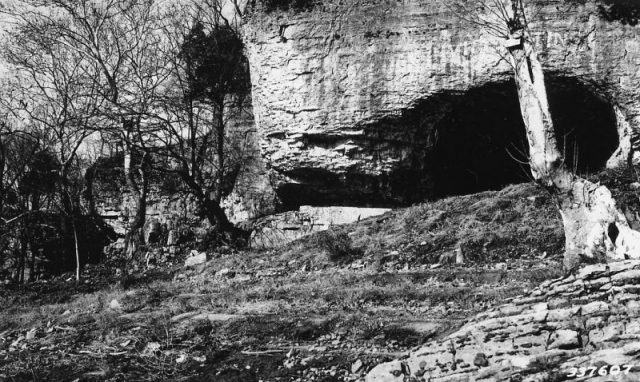
The Harpes moved back to Tennessee along with their wives, and their children. Needless to say, they entertained themselves on the way by killing as many people as they could, including teenagers and little children.
7 Most Dangerous Men of the Old Wild West
In 1798, Big Harpe’s baby daughter was constantly crying which irritated him, so he smashed her head of a tree, killing her instantly. Apparently, it was the only crime he felt remorse for. Only a week later, the Harpes went on to murder the whole Stegall family who sheltered them. In the night, they killed Stegall’s four-month-old child because they couldn’t stand its crying and ended up killing the whole family.
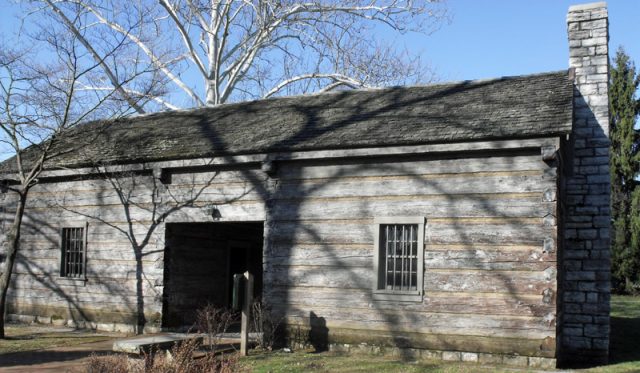
A new posse was organized against the brothers. Moses Stegall, a relative of the slaughtered family, also joined the manhunt. The pose managed to track down the Harpes in August 1799. They were asked to surrender but decided to flee.
Micajah got shot and pulled down of his horse. While dying, he confessed to only twenty of the countless murders he had committed before Moses Stegall cut off his head. Stegall spiked the murderer’s head on a pole near his homestead. The place is still known as Harpe’s Head Road.
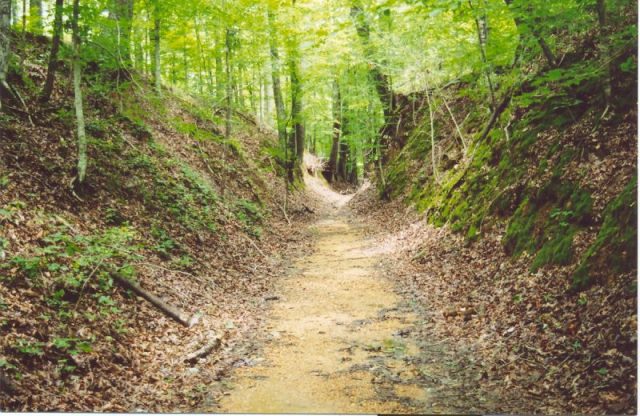
As for Wiley, he managed to escape and found refuge back in the Mason Gang, pretending to be John Setton. There was a huge bounty on Mason’s head, and Little Harpe plotted to kill the leader along with another member of the gang. After killing Mason, they brought the head to the authorities but were immediately recognized as wanted criminals and brought to justice.
Read another story from us: The macabre story of the soap lady found in a lake
Wiley Harpe was executed in January 1804, with his head spiked on a pole on Natchez Road. With his death, a gruesome chapter in American history ended. Who they were, why they felt such bloodlust, and how many people had they killed exactly will remain a mystery.
